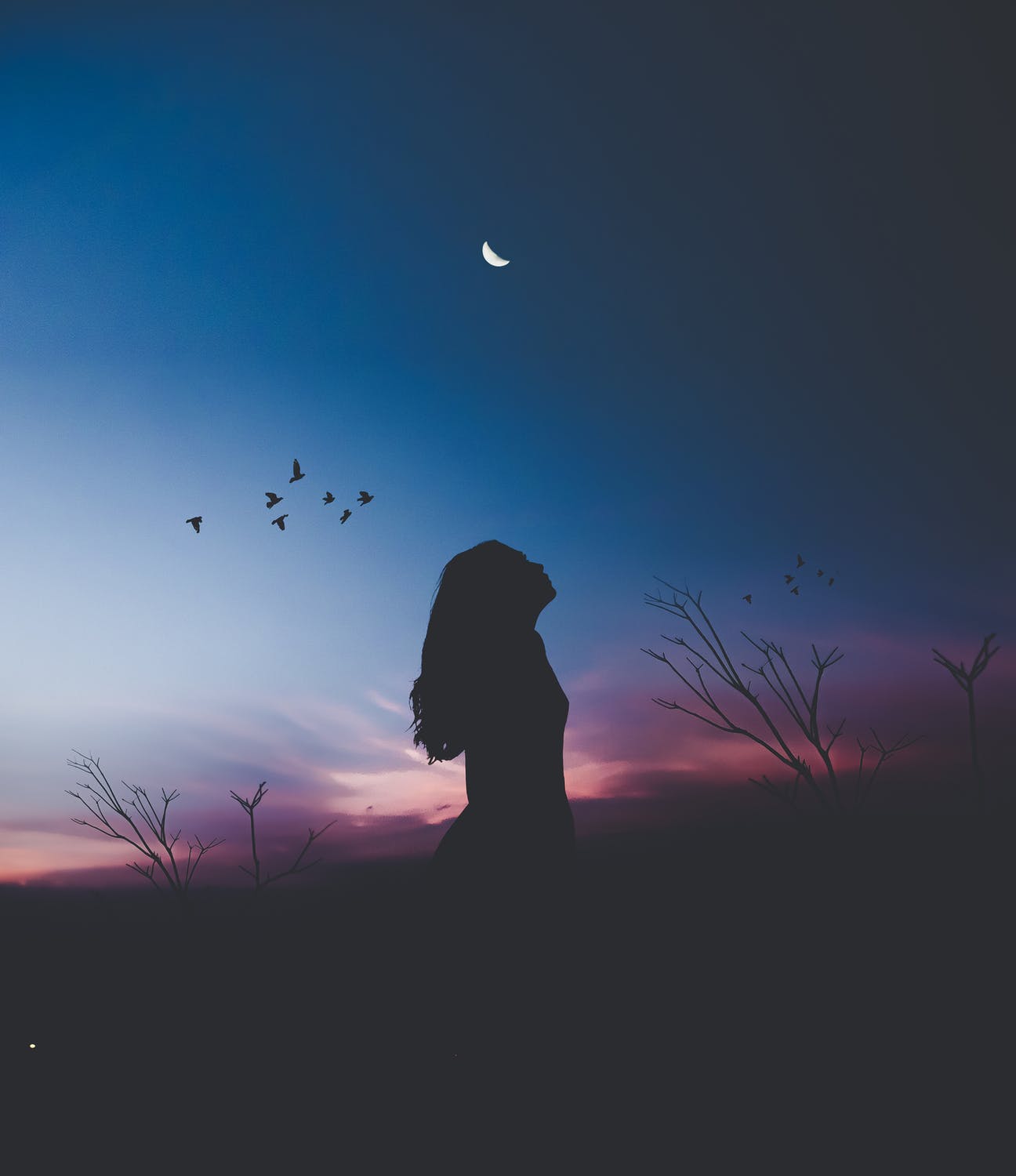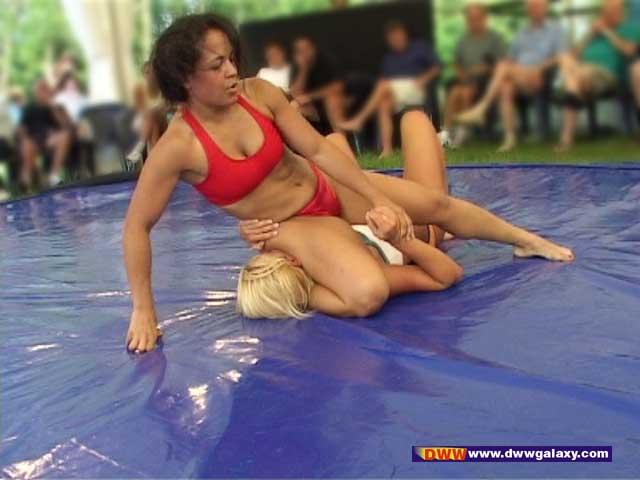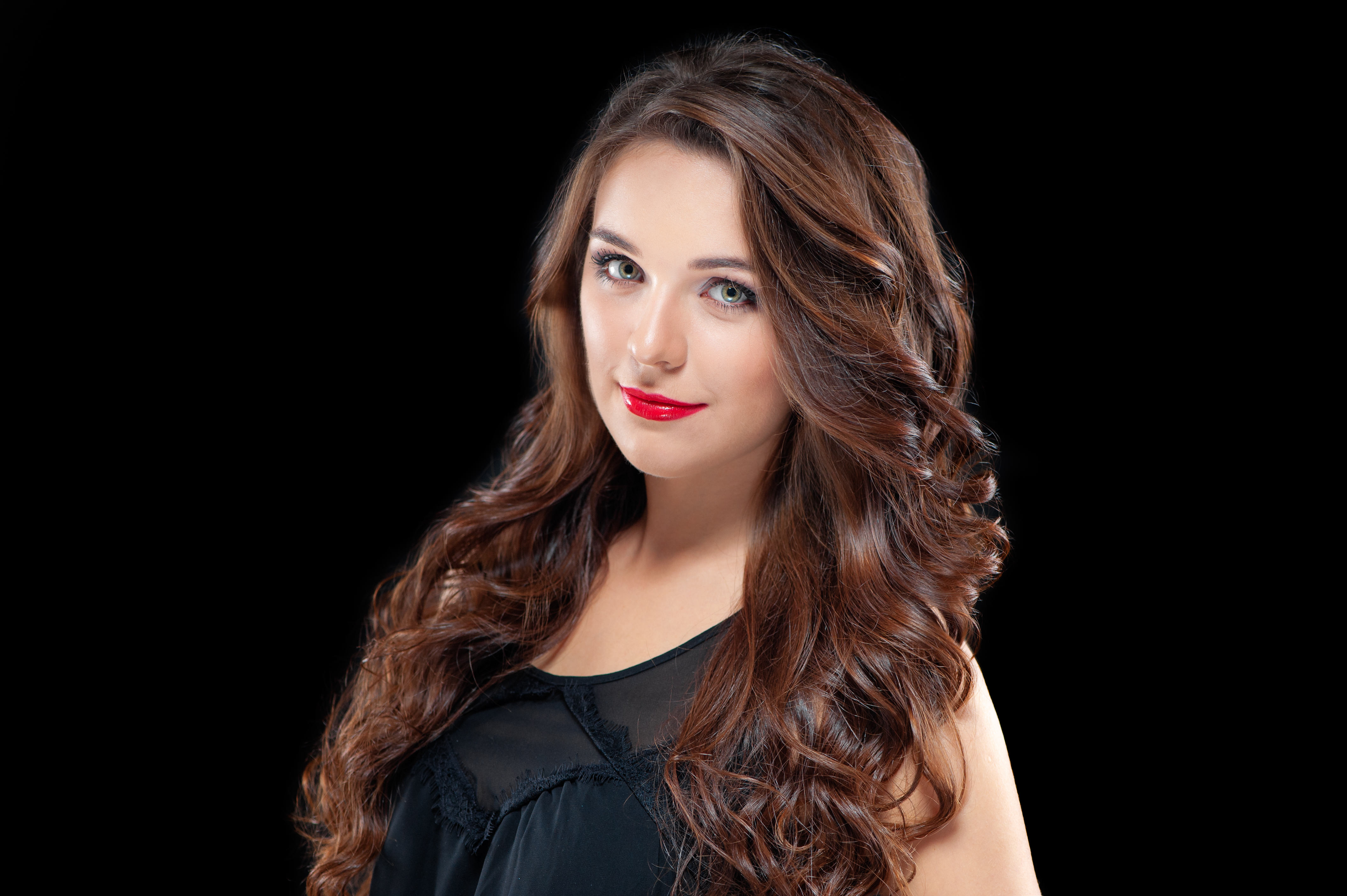
fciwomenswrestling.com femcompetitor.com, fcielitecompetitor.com, fciwomenswrestling2.com, pexels.com Luiz-Clas-photo-credit
When DWW’s Luzia the great faced Lonnie from Virago in America, it had to be one of the most prolific International battles in competitive female submission wrestling history.
To read about this historic fight, please click on the link below.
https://fciwomenswrestling.com/category/fciwomenswrestling-com-news-source/fem-vs-fem-ringside/

It is common knowledge that the DWW group was based in Vienna, Austria which is a wonderful place to visit rich with tradition, culture and history.
Have you been there before?
We have a visiting writer who would love to guide you there.
Vienna: A Young Traveller’s Guide
Vienna, Austria, is a beautiful city with a colorful history, it is a cultural center especially for Classical and operatic music and the arts. As the former capital of the Austro-Hungarian Empire, there are countless Imperial monuments and palaces, many spectacular museums and ornate churches and cathedrals. It is a city of many concerts, a city of dignity and pride. This colorful city has always been one of my favorite destination.
Wiener Riesenrad is a giant Ferris wheel that is located in the Wurstelprater amusement park in Prater, one of the city’s many parks. A ride on this majestic wheel costs just €8 euros (or about $10 US dollars or £6.50 British pounds sterling), but exploring the park and surrounding area is free and gives you a great feel for the city.
For the Classical Music Enthusiast
Vienna is well-known for its Classical and operatic musical heritage. Vienna saw the development and popularity of the “great master composers,” C.P.E. Bach, Gluck, Haydn, Mozart, Beethoven, and Salieri; and they led the way to the Romantic period of Schubert and others. Vienna is very orientated to this musical tradition.
One of the main attractions in Vienna is the Mozarthaus, the composer’s former residence on Domgasse that is now a museum and small concert venue; it’s most certainly worth the €8 ($10.40, £6.50) student price! Mozart-themed places and events are all over Vienna, and there is a chain of souvenir shops called Mostly Mozart (that sells Mozart chocolates). The Mozart statue at the Hofburg Palace that is a must-see due to the music note made of flowers in front of it, cafés and restaurants named after him, and the Mozart/Strauss concert at the Kursalon that has reasonably priced tickets and many performance options. Haydn, Schubert, Strauss, and Beethoven also have houses/museums dedicated to them throughout the city-there is no lack of Classical music here!
The Wiener Staatsoper, the Vienna State Opera house offers tours for under €5 ($6.50, £4). It’s a beautiful place that is home to some of the world’s best operas and ballets (and the Vienna Philharmonic takes its musicians from its orchestra!). Nearby is the Haus der Musik, the House of Music is a unique museum that has exhibits on the Vienna Philharmonic, the city’s most famous composers, and other multimedia musical topics-for just €9 ($12, £7), this place offers so much that you can’t get anywhere else in the world.
For the History, Art, and Architecture Enthusiasts
If you’re a history or architecture buff, the massive Hofburg Palace will knock your socks off. Not only is it right near some awesome restaurants and Viennese cafés, but it beautiful and enormous. You can tour the Imperial Apartments and the Schatzkammer, the treasury, which hold the Imperial jewels of the Habsburg dynasty. Also check out the Austrian National Library and its four museums and the Spanish Riding School which is home to the famous Lipizzan horses.
There are the Ringstraße (Ringstrassa or Ring Street) twin museums commissioned by the Emperor in order to shelter the formidable art collection of the Habsburg dynasty.
The first is the Kunsthistorisches Museum, Museum of Art History, is one of the richest and massive museums of art in the world. It houses many 18th century paintings by the old masters, collections of Renaissance and Baroque art, and superb Egyptian, Greek, and Roman antiquities collections.
The second is the Naturhistorisches Museum Wien, the Museum of Natural History of Vienna, another of the most important and enormous museums of Europe, it is truly spectacular.
Be careful with the admission prices at the Hofburg and museums area complex because hitting so many places will add up. But spend unhurried time in each major museum and observe some of the treasures of our human existence.
For something free, the Burggarten and Volksgarten (parks) on the premises are really nice places to unwind from all of your sightseeing.
The Museumsquartier, Museum Quarter, is a section of the city that is one of my favorites. There you will find the MUMOK and Kunsthalle Wien (for modern art), Leopold Museum (for Austrian art), and Architekturzentrum Wien (for architecture and urban design). The Museum of Applied Arts (the MAK) is also pretty cool to see, and it’s free on Tuesday evenings!
The Schönbrunn Palace is away from the city center, but it’s most certainly worth the trip out there. It’s rather like Versailles, a large palace with vast gardens behind it. Though student tickets are between €10 and €15 ($13-$19, £8-12), you can go into the garden for free and spend quite a long time there-it’s a great place for a picnic, to jog, or to reading a book surrounded by nature.
Tiergarten Schonbrunn, is the world’s oldest zoo and it is near Schönbrunn Palace.
At the Belvedere, a palace complex closer to the city centre, you can visit a free park (in the formal French manner) between the Upper and Lower Belvedere palaces and view the amazing city’s skyline. There you can also see the Belvedere museum.
The Freud Museum in Alsergrund was the home of Sigmund Freud and costs €5.50 ($7, £4.50) a ticket. For this you get to learn all about the psychologist’s life and work. However, his famous couch isn’t there. It’s in London. What may be more interesting are the many really hip cafés and restaurants in that area that attract students from the nearby university.
Stephansdom, St. Stephen’s Cathedral, in Stephenplatz in the City Centre is in the Gothic and Romanesque styles and offers concerts, tours of the church and catacombs, and breathtaking views of the city from the top of the South tower-it is definitely worth climbing only 343 steps.
Karlskirche, St. Charles’s Church, in Karlplatz is in the Baroque style and has concerts. (I saw Mozart’s Requiem there) and tours; instead of walking up steps, however, you can take a lift up to the observation deck on the dome to see Vienna. Take advantage of Karlsplatz while you’re there-the park is beautiful and the surrounding area has a lot of other museums (like the Clock Museum) and good restaurants and cafés.
Viennese Cuisine
Vienna has its own cuisine, although often treated as equivalent to Austrian cuisine. It is sometimes incorrectly thought to be a variation of German cuisine, but don’t mention that to an Austrian. And, indeed, the cuisine of Vienna is unique in many ways that you will find pleasing.
Some of my favorite dishes include Rindsuppe (beef soup), Wiener Schnitzel (pounded and breaded fried veal), Gulasch (a hotpot similar to the Hungarian stew of the same name), Tafelspitz (boiled beef served with apple and horseradish sauces), and Selchfleisch (smoked meat) usually served with sauerkraut und dumplings. Auf Geschmack (To taste)!
As for desert, well although the Danish are proud of “danish pastry”, even the Danes call it wienerbrød, “Viennese bread”, because it originated in Vienna and not in Denmark. This is the type of pastry used in several ways including strudels such as the Viennese specialty, Apfelstrudel (apple strudel) and Topfenstrudel (a sweet Topfen or quark cheese-filled strudel) often served with a vanilla sauce. But there are also many forms of torts such as the famous Sachertorte (a chocolate cake) with its many variations. There is no shortage of magnificent bakery creations in Austria.
Alas, when you leave Vienna, one of the things you will miss the most shall be the food.
Viennese Café Culture
While there are countless pubs throughout the Vienna that serve Austrian beer and wine, the cafés of Vienna, the coffee houses, are particularly interesting places to experiment with various blends of coffee served with a variety of strudel or tort delicacy. But the Vienna Café goes beyond the mere refreshments served, for it is an institution all its own. There is an interesting culture surrounding Viennese cafés- many have literary readings or live piano music (usually classical, sometimes jazz), and there is a particular look and ambiance associated with the Viennese café that entices the patron to sit there for hours, partly in amazement and partly in contentment. For a really wonderful restaurant and café, I recommend Café Greinsteidl near the Hofburg Palace. But there are many, many more in the city.
In Summary:
Visiting Austria is like travelling in time, back into history- it’s like no other place I’ve ever been. Vienna is the perfect place for the young traveller because of its unique manner is so unique, even exotic, and especially beautiful; and even a high school backpacker will find it strangely enchanting and a priceless experience. But, no fear, prices are reasonable, its attributes are bewildering, and there are so many things to remind you that you are not at home any more. Even when you leave Vienna, its qualities and its character will somehow become part of you.
Allen Routledge is a backpacking travel veteran with extensive experience ‘on the road’ in Europe, Australasia, and the Americas. Read other articles about his personal experiences and practical travel information at http://omnitraveller.com.
~ ~ ~
https://ezinearticles.com/?Vienna:-A-Young-Travellers-Guide&id=7340259
Article Source: https://EzineArticles.com/expert/Allen_Routledge/1400664
Article Source: http://EzineArticles.com/7340259



